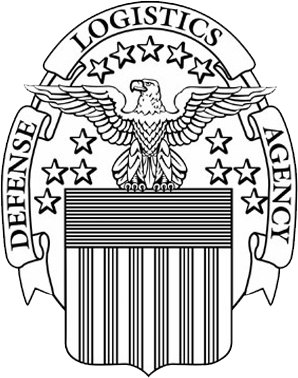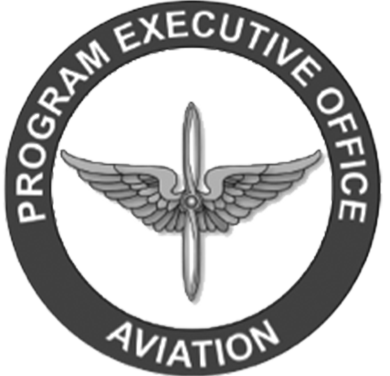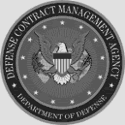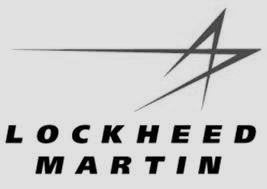Hi! My name is Malich, Training Manager for InterConnect Wiring, where Connections Matter. Today we’re going to be learning about wafer connectors and how they are different from circular connectors.
WIRING HARNESSES – AIRCRAFT REWIRING – COCKPIT PANELS – CONSOLE WIRING
WAFER CONNECTORS AND CIRCULAR CONNECTORS
On an F-16 wiring harness, you’ll sometimes see both circular connectors and wafer connectors. Both connectors, of course, have their different benefits. Circular connectors are more common throughout the aerospace industry and their circular shape allows them to distribute the g-force that is put on them while in flight. Wafer connectors are selected for the F-16 because they are compact and easy to stack. You’ll often find them in your panels where they can be stacked near one another with sheet metal around them to disperse the g-forces that impact them. However, the assembly process for a wafer connector is different than a circular connector.
Since we usually show circular connectors, today we’ll be focusing on the wafer connector. The way we terminate the wafer connector is different. Instead of crimping the wire on the end of the wafer connector, they are stripped and then soldered to the wafer connector using pinkies. It takes specialized tools to terminate a wafer connector so at InterConnect, we use what is called a “wafer stand” and a “wafer clip”. This allows us to terminate the wafer in a much more efficient manner than what would be normally possible.
Since we’re in the training room, we have a partially-built wiring harness. We’ll now showcase how to finish these last two wires on a wafer. These are already stripped and prepared. We do this by placing the pinkie right on the wire and letting it slide down. Now I’m going to position the wire exactly on the pin that it needs to go on. Very gently slide up the pinkie.
Now I’m going to turn my heat gun on and let that get to-temperature and get a good grip on what I’m doing here. Now I’m going to aim my heat gun directly at the solder ring that is inside this solder sleeve. At InterConnect, we call these “pinkies” because there’s that pink wax at the bottom, but there’s also the yellow wax as well. We’re going to aim this heat gun at the pinkie for 15 seconds to maybe a minute, and it will slowly begin to melt. You want to verify that all the solder will flow very evenly because if it doesn’t, you run the risk of having cold solder.
Another requirement is to have the wire be centered on the pin but once those two things are maintained, you can remove the heat and allow the solder to cool. You want to hold steady because the solder isn’t yet hardened and if you move, you could lose its placement.
Now that it’s cool, you can place everything down.
Now that we’ve completed two wafers, and A and a B side, we can put it in this golden shell over here. We do that by very carefully placing in the wafers until we hear a small click. Once we’re placed inside of this golden shell, this is exactly what it looks like. That is how you assemble a wafer.
Thank you so much for watching. We are InterConnect Wiring, where Connections Matter. Make sure to visit our website for more VLOGS, blogs, and updates.



























